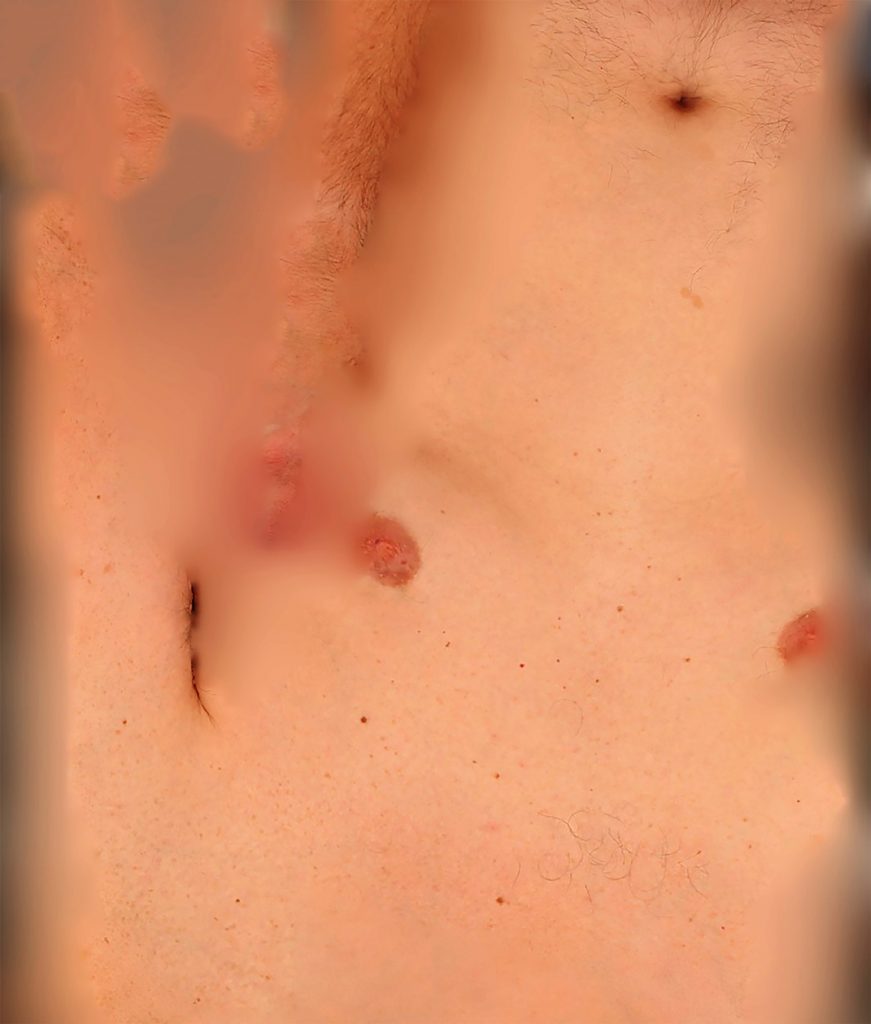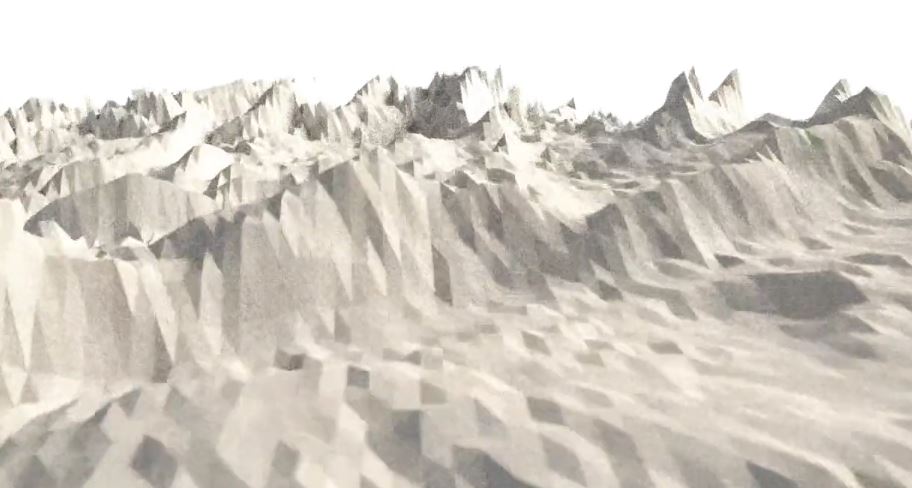It looks like Mars (2016) explores how computers interpret and reconstruct image data of the human body. The three images in this series are the result of a 3D scan of the artist’s body. The scanning software stitched together ninety-six images to create a model of the artist and applied a UV texture over the 3D model. As the software attempts to reorganize the image data, a new topography of the artist’s body emerges that is both alien and familiar.
Digital America is currently featuring Joe Reinsel’s piece, It looks like Mars, as part of the Crooked Data: (Mis)information in Contemporary Art [site no longer live] exhibition at the University of Richmond Museums. Digital America also interviewed Joe about It looks like Mars, image distortion, alternate terrains, and more. Check out our Q + A with Joe here.
:::



:::

Joe Reinsel uses media, video, and sound to explore ideas about architectural space, time, and touch. His creative work considers interaction and the environment and each work investigates different facets of communication, such as video work for public installation, collective storytelling, and interactive exhibitions. He is the recipient of grants from The Flint Public Art Project, International Society of Electronic Arts, Maryland State Arts Council, Baltimore Museum of Art, New York State Council for the Arts, New York Foundation for the Arts, Baltimore City, and the University of Michigan, among others. He has also presented work in thirteen countries on four continents at venues such as the Museum of Contemporary Art (Chile), Corcoran Gallery of Art, Ars Electronica, Centro Cultural São Paulo (Brazil), Centro Cultural de España (Mexico), ZeroOne, and SIGGRAPH.



